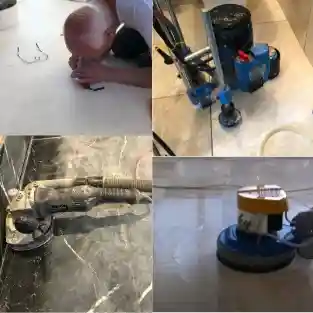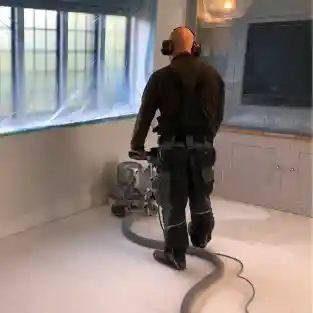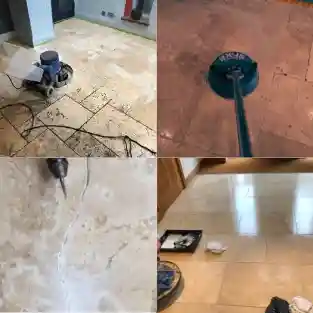Nearby Areas We Serve Around Newick
Alciston, Alderbrook, Aldrington, Alfriston, Argos Hill, Ashburnham Forge, Ashton Green, Bachelor's Bump, Baldslow, Balls Green, Barcombe, Barcombe Cross, Bardown, Battle, Beachlands, Beacon Down, Beckley, Beckley Furnace, Beddingham, Bells Yew Green, Berner's Hill, Berwick, Best Beech Hill, Bevendean, Bexhill, Birchden, Birchett's Green, Birling Gap, Blackboys, Blackham, Blacklands, Blackness, Boarshead, Bodiam, Bodle Street Green, Bohemia, Boreham Street, Bowler's Town, Brede, Brightling, Broad Street, Broadland Row, Broomham, Broomsgrove, Brownbread Street, Broyle Side, Budlett's Common, Bulverhythe, Burgh Hill, Burlow, Burwash, Burwash Common, Burwash Weald, Butcher's Cross, Buxted, Cackle Street, Cade Street, Camber, Canadia, Caneheath, Castle Hill, Catsfield, Catsfield Stream, Chailey, Chalvington, Chapel Cross, Chapman's Town, Charlwood, Chelwood Common, Chelwood Gate, Chiddingly, Chilsham, Chiltington, Chitcombe, Chuck Hatch, Churches Green, Clayhill, Cliff End, Clive Vale, Cock Marling, Coggins Mill, Coldean, Coleman's Hatch, Collier's Green, Cooden, Cooksbridge, Cooper's Green, Cousley Wood, Cowbeech, Cowbeech Hill, Cripp's Corner, Cross in Hand, Crowborough, Crowborough Warren, Crowhurst, Dale Hill, Dallington, Danegate, Danehill, Darwell Hole, Davis's Town, Ditchling, Dittons, Down Street, Duddleswell, Durgates, Earl's Down, Eason's Green, East Blatchington, East Chiltington, East Dean, East Guldeford, East Hoathly, East Moulsecoomb, Eckington Corner, Eridge Green, Etchingham, Etchingwood, Ewhurst Green, Exceat, Fairlight, Fairlight Cove, Fairwarp, Falmer, Firle, Five Ash Down, Five Ashes, Flackley Ash, Fletching, Fletching Common, Flimwell, Flowers Green, Folkington, Ford's Green, Forest Row, Foul Mile, Foulride Green, Four Oaks, Foxhunt Green, Framfield, Frant, Friar's Gate, Friar's Hill, Friston, Furner's Green, Gallypot Street, Ginger's Green, Glenleigh Park, Glynde, Glyndebourne, Glyne Gap, Goatham Green, Godleys Green, Golden Cross, Green Street, Grisling Common, Groombridge, Grove Hill, Guestling Green, Guestling Thorn, Gun Hill, Hadlow Down, Hailsham, Hale Green, Hall's Close, Halland, Hammerwood, Hampden Park, Hamsey, Hangleton, Hankham, Harbour Heights, Harley Shute, Hartfield, Hastings, Hawkhurst Common, Hazard's Green, Hellingly, Henley's Down, Heron's Ghyll, Herstmonceux, High Hurstwood, Hollingbury, Hollingdean, Hollingrove, Holmes's Hill, Holtye, Hooe Common, Horam, Horney Common, Horsted Green, Hove, Hurst Green, Icklesham, Iden, Isfield, Jarvis Brook, Jevington, John's Cross, Jumper's Town, Jury's Gap, Kemp Town, Kingston near Lewes, Landport, Langney, Laughton, Laughton Common, Lewes, Lidham Hill, Lions Green, Little Bayham, Little Common, Little Horsted, Little Norlington, Lower Cousley Wood, Lower Dicker, Lower Horsebridge, Lower Street, Lower Willingdon, Lunsford's Cross, Lyewood Common, Magham Down, Marden's Hill, Maresfield, Maresfield Park, Mark Cross, Marle Green, Marlpits, Mayfield, Maynard's Green, Meads, Mile Oak, Mill Corner, Milton Street, Mott's Mill, Moulsecomb, Mount Ephraim, Mountfield, Muddles Green, Mutton Hall, Nash Street, Newick, Ninfield, Norlington, Norman's Bay, North Chailey, North Moulsecoomb, Northbridge Street, Northiam, Nutley, Offham, Old Heathfield, Ore, Ovingdean, Oxley's Green, Palehouse Common, Park Corner, Patcham, Peacehaven, Peacehaven Heights, Peasmarsh, Pebsham, Pell Green, Penhurst, Pestalozzi International Village, Pett, Pett Level, Pevensey, Pevensey Bay, Piddinghoe, Piltdown, Playden, Plumpton Green, Polegate, Ponts Green, Portslade Village, Potter's Green, Pound Green, Poundfield, Poundford, Poundgate, Pounsley, Punnett's Town, Quabrook, Red House Common, Rickney, Ridgewood, Ringles Cross, Ringmer, Ripe, Robertsbridge, Rockrobin, Rocks Park, Rodmell, Roedean, Roselands, Roser's Cross, Rotherfield, Rottingdean, Rusher's Cross, Rushlake Green, Rushy Green, Russell's Green, Rye, Rye Foreign, Rye Harbour, Salehurst, Saltdean, Sandy Cross, Seacox Heath, Seaford, Sedlescombe, Selmeston, Sharp's Corner, Sharpsbridge, Sheffield Green, Shortbridge, Shortgate, Shover's Green, Sidley, Silver Hill, Silverhill, Silverhill Park, Sleeches Cross, Snagshall, South Chailey, South Heighton, South Malling, Southease, Sparrow's Green, Spithurst, Splayne's Green, St Helen's, St Helen's Wood, St John's, Stanmer, Staplecross, Starr's Green, Steel Cross, Steven's Crouch, Stone Cross, Stonegate, Strawberry Hill, Streat, Stunts Green, Summer Hill, Swaile's Green, Sweethaws, Tarring Neville, Teasley Mead, Telham, Telscombe, Telscombe Cliffs, Terrible Down, The Highlands, Three Cups Corner, Three Leg Cross, Three Oaks, Thunder's Hill, Ticehurst, Tidebrook, Tilsmore, Tolhurst, Tompset's Bank, Town Littleworth, Town Row, Trolliloes, Twelve Oaks, Uckfield, Udimore, Union Street, Upper Dicker, Upper Hartfield, Upper Horsebridge, Upper Wellingham, Upperton, Vinehall Street, Vines Cross, Wadhurst, Waldron, Waldron Down, Wallands Park, Wallcrouch, Wannock, Warbleton, Wartling, Watermill, Wellbrook, West Blatchington, West Firle, West Marina, Westdean, Westdene, Westmeston, Whatlington, Whitehawk, Whitehill, Whitesmith, Whydown, Wickstreet, Willard's Hill, Willingdon, Wilmington Green, Winchelsea, Winchelsea Beach, Withdean, Witherenden Hill, Withyham, Wivelsfield, Wivelsfield Green, Wood's Corner, Wood's Green, Woodingdean, Woodmans Green, Wych Cross


















